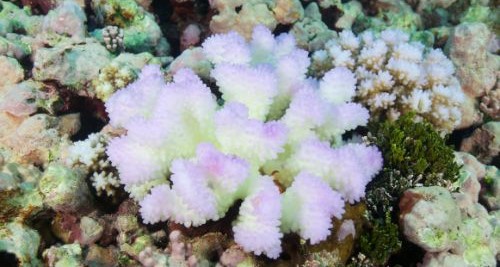One of the many detriments to our underwater world is coral bleaching.
Coral bleaching is the process in which colorful, healthy coral loses it’s a symbiotic algae and photosynthetic pigments that keep the coral alive and healthy.
The algae on coral greatly assist the coral in living. It helps deposit calcium carbonate, which strengthens the coral and therefore helps build coral reefs faster and stronger than coral without algae. It also removes waste from the coral, such as carbon dioxide and nitrogen and uses it for growth and photosynthesis. The photosynthetic pigments help the coral capture light, which keeps the coral alive by allowing it perform photosynthesis.
One of the main stressors that causes coral bleaching is the changing of pH or temperature in the surrounding waters. The main cause of changes in these factors is once again mainly due to human activity. Some examples are water pollution, overfishing, and coastal development. These activities take a toll on the health of the water, which then affects everything that thrives within it.
Coral are excellent bioindicators, meaning that they fluctuate drastically in response to their environment. Coral bleaching is one of their indications, and helps to inform scientists and researchers when there is a negative shift in the water in that ecosystem.
There are many ways coral bleaching can be stopped in its tracks. Properly disposing of trash, reducing stormwater runoff, and minimizing our use of fertilizers are some ways to prevent coral reefs from losing their color and dying off.
Coral reefs are the home to many creatures of all shapes and sizes. Without them, these creatures will have to find other places to eat and live, which throws off the balance of any underwater ecosystem. Overall, coral bleaching is a great issue to this day and our coral reefs are in dire need of our help before it is too late.

